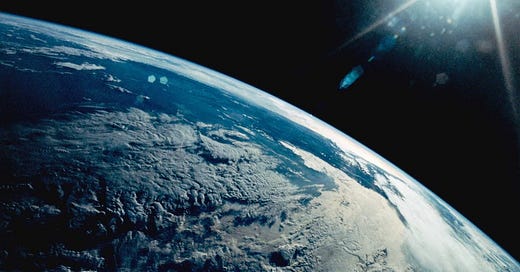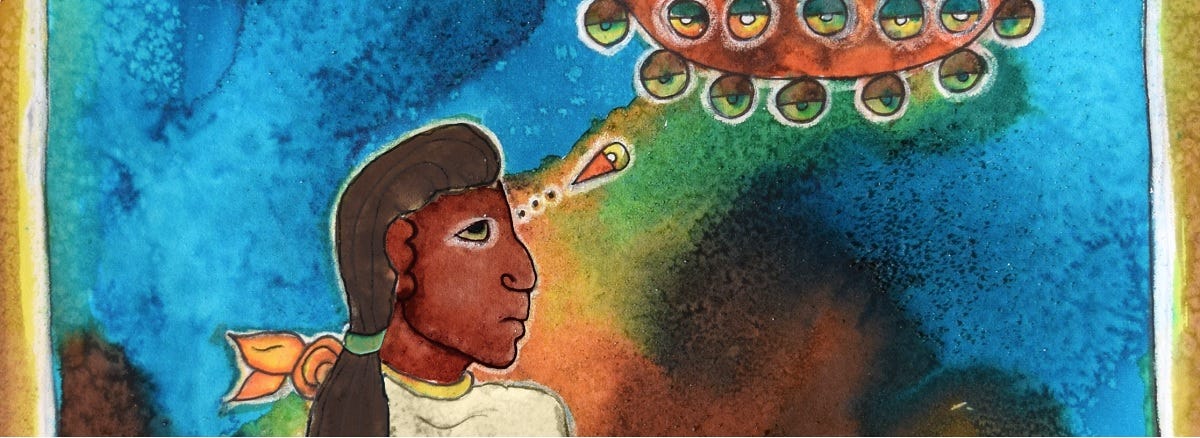Astronomy of the Maya
The astronomy of the Maya was driven by a unique and rich mythology and their belief in the structure and order of the universe, which they perceived as interdependent overlapping cycles. Discerning these cycles was their key to prediction and to understanding the whim of the gods and spirits. Time was the most important factor to Maya and the most pervading aspect of their culture. One of the enigmatic contributions of the Maya to astronomy is their calendar, a complex system of interlocking celestial cycles that keeps time even more accurately than our own.
We too can perceive these astronomical cycles - as night into day marks our planetary axial rotation; the months’ progress can be traced by the cycles of the moon; today our calendar documents the precession of the seasons driven by the yearly orbit of the Earth around the sun. - Cycle within cycle - We can imagine longer timescales with some help from science - The Milankovitch planetary orbital cycles of obliquity, eccentricity, and precession produce the marching orders for the decamillennial timescale glacial-interglacial periods that punctuate this current Pleistocene Ice Age. Climate cycles of tens of millions of years are driven by our planetary system’s galactic orbital out-of-plane oscillations producing the climatological "heartbeat" we see in the geologic record - warming then cooling again and again for billions of years. Over the hundreds of millions of years, the climate cycle that produces the geological Hothouse and Icehouse epochs, marks the orbital passage of our planetary system across the spiral arm structure of the Milky Way galaxy. Round and round we go, cycle upon cycle, revealing a periodic climatological manifestation of our spinning universe.
The Story of Climate Change
The Story of Climate Change is the story of our galaxy, the story of our solar system, the story of our planet, the story of life, and the story of us. Where did we come from? How did we get here? What climatological processes over the billions of years drove the evolutionary diversification of all living things here on Earth? Are those very life-changing forces still at work today? If so, how do we explain them and where do we go from here?
In part one of our story, I will look at the stable isotope proxy temperature record (Veizer and Halverson) and construct a paleoclimate model representing one billion years of paleoclimate change. The model reveals a cyclic process with a 675-million-year period.
In part two of our story, I describe a carbon dioxide climate variability loop and contrast this CO2 driven climate system with a cosmic radiation variability loop based on the work of Svensmark and Shaviv. I will then propose a cosmoclimatology hypothesis to help explain paleoclimate change.
In part three, I will use the power of our climate model to explain past paleoclimate changes. In this world of our imagination we will proceed as if The Story of Climate Change is true and predict future climates including the progress and termination of this Pleistocene Ice Age.
“The last thing I want to do is spoil a book with plot.” - Steven King
Let the story lead, where you will follow, to seek the grit on which a pearl will form …
regards,
Kirby Schlaht





